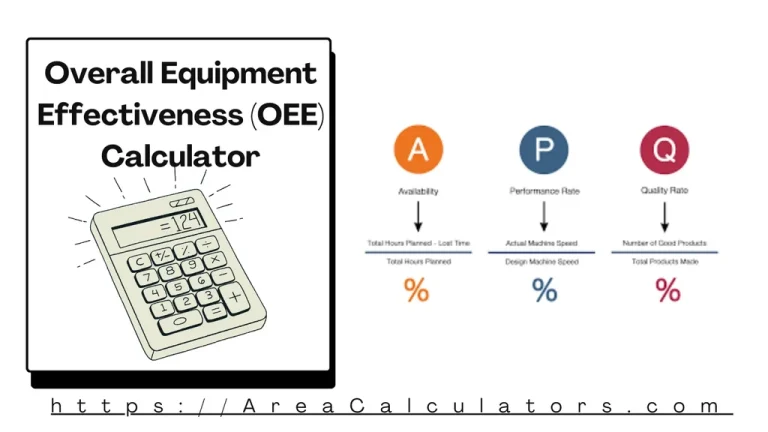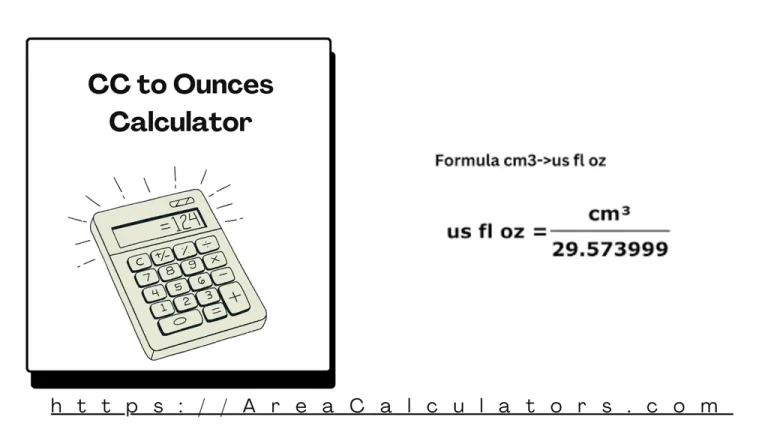Change In Momentum Calculator
Multiply the mass of the object by the difference between its final and initial velocities to find the change in momentum.
The Change In Momentum Calculator is a tool which is designed to determine the change in an object’s momentum, essential in physics for understanding the effects of forces and collisions.
Momentum change, often influenced by force and time, is crucial in analyzing systems like moving vehicles, sports dynamics, and collision impact. This calculator simplifies the process, offering precise results for students, engineers, and scientists alike.
Formula:
Δp = (Vf − Vi) ∗ m
| Variable | Definition | Units |
|---|---|---|
| Δp | Change in momentum | kg·m/s |
| Vf | Final velocity of the object | m/s |
| Vi | Initial velocity of the object | m/s |
| m | Mass of the object | kg |
Solved Calculations:
Example 1: Calculate the change in momentum of a 5 kg object accelerating from 2 m/s to 10 m/s.
| Step | Value | Explanation |
|---|---|---|
| Final Velocity (Vf) | 10 m/s | Given |
| Initial Velocity (Vi) | 2 m/s | Given |
| Mass (m) | 5 kg | Given |
| Change in Momentum (Δp) | 40 kg·m/s |
Example 2: Determine the change in momentum of a 1,000 kg car decelerating from 30 m/s to 0 m/s.
| Step | Value | Explanation |
|---|---|---|
| Final Velocity (Vf) | 0 m/s | Car comes to rest |
| Initial Velocity (Vi) | 30 m/s | Initial speed |
| Mass (m) | 1,000 kg | Given |
| Change in Momentum (Δp) | −30,000 kg·m/s |
What is the Change In Momentum Calculator?
The Change In Momentum Calculator is a valuable tool for calculating the change in momentum of an object, typically resulting from an applied force over time. This tool applies the relationship between mass, velocity, and the principles of impulse to deliver accurate results, making it ideal for physics students, educators, and professionals dealing with dynamics and mechanics.
The calculator allows users to input variables such as initial and final velocity, mass, or the force applied over a specific time. It then computes the change in momentum and provides insights into the effects of collisions, acceleration, or other forces acting on an object.
For example, you can use it to determine the momentum shift during a car crash or the impulse required to stop a moving object.
Additionally, it supports calculations for various scenarios, including elastic collisions, angular momentum changes, and impulse-momentum relationships. This versatility makes it indispensable for solving real-world mechanics problems efficiently.
Final Words:
In essence, the Change In Momentum Calculator is a reliable tool that simplifies complex momentum and impulse computations. Its versatility ensures precision, making it an essential resource for students, researchers, and professionals exploring the principles of motion.



